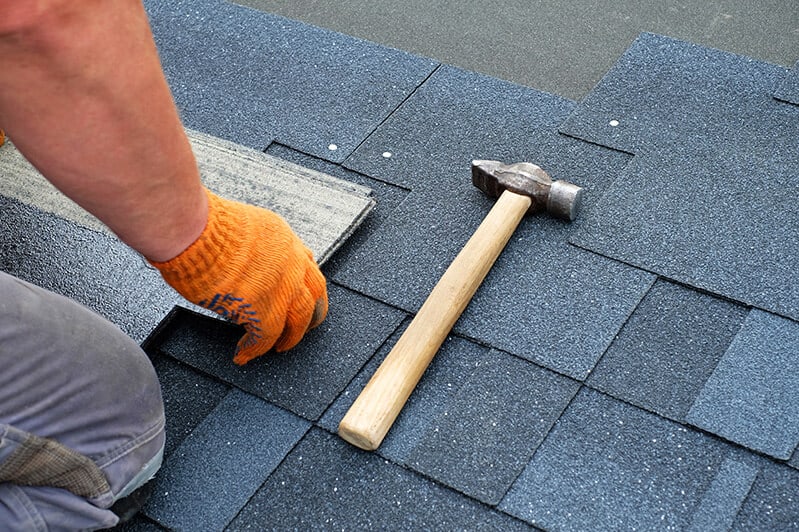![]() Phoenix, Arizona: 602-932-1623
Phoenix, Arizona: 602-932-1623
![]() Phoenix, Arizona: 602-833-1185
Phoenix, Arizona: 602-833-1185

November 5, 2017
Both concrete and clay tiles offer significant benefits, making it harder to decide which one to choose. Both can be modified to suit your house’s unique style, both offer protection and safety, both require low maintenance if installed properly and both can be used for an extended time.
When choosing between clay or concrete, it is essential to have a good understanding of the major differences between the two.
Concrete tiles are 40% heavier than clay tiles. Thus, roof structures can have a more difficult time supporting the heavier concrete tiles. That being stated, concrete riles are not typically used on buildings, unless roof framing is further supported to be able to sustain added weight.
Concrete tiles have a double water absorption percentage compared to clay, making them more prone to the development of mildew and stains. Higher water absorption also increases weight and puts additional pressure on the roof structure. Due to the low water absorption rates of clay tiles, these issues are experienced at a bare minimum.
When it comes to freezing and thawing cycles, clay tiles have the tendency to shatter or crack. That is why clay tiles are most commonly used in places where the climate is warmer. Looking at concrete tiles, they are not vulnerable to such sub-zero temperatures.
Clay tiles are almost maintenance-free. Due to ceramic finishes on certain clay tiles, water absorption is further reduced to the point of nonexistence along with mildew rates. Looking at the other side of the coin, concrete tiles are more perplexing to maintain since they are heavier, have a higher water absorption rate which further adds to the weight and makes them vulnerable to the formation of mildew.
Due to the porous nature of concrete tiles, it is not as effective in maintaining the original tile color and will fade over time. When it comes to clay that has ceramic finishes, the non-porous coating allows color to last a lifetime without fading.
Concrete tiles can last a good thirty to fifty years. But, clay tiles can last over a hundred. When it comes to durability, clay tiles would be on top of the list.
With those differences, clay tiles would cost more than concrete tiles and if you are thinking about budget, consider whether added benefits are worth the additional expense. If you are willing to invest in a well-structured roof, best to consider real tiles rather than composition shingles.